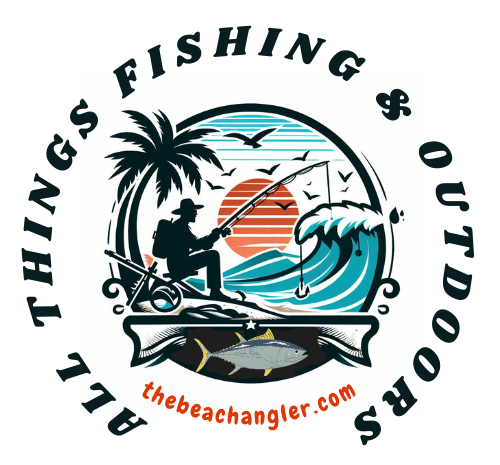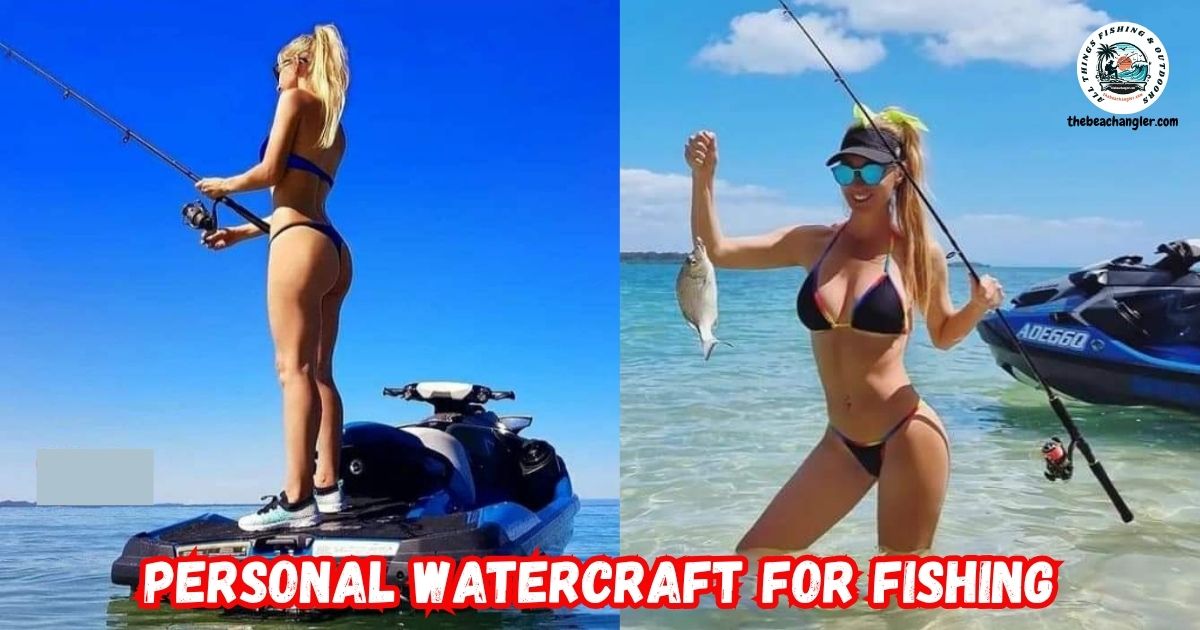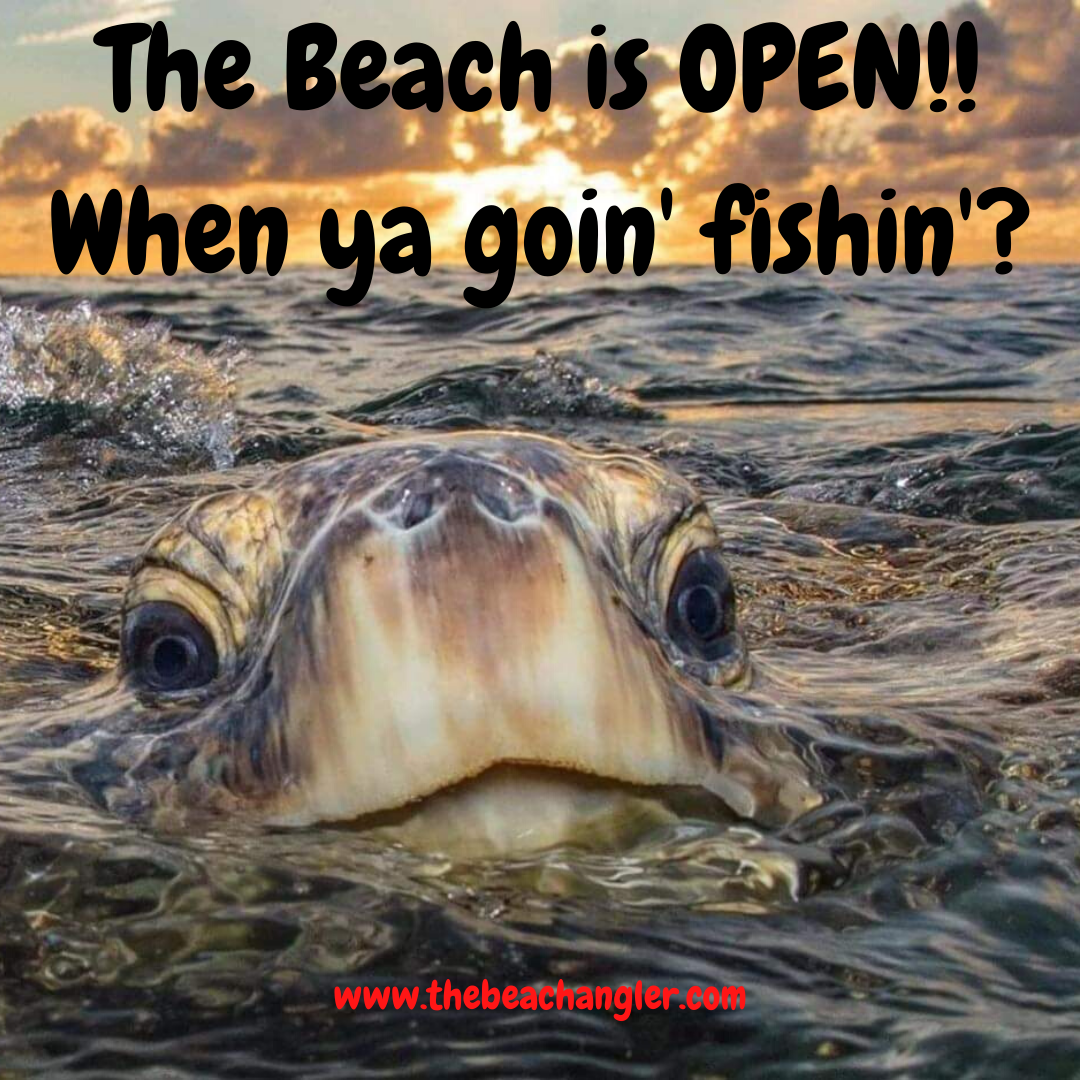Saltwater fishing using a personal watercraft (PWC) is getting more popular among anglers who want a nimble and fun way to reach coastal fishing spots. Jet skis—a classic PWC—let me access waters that bigger boats just can’t, from tight mangrove creeks to reef edges.
QUICK LOOK: Pros and Cons of Personal Watercraft for Saltwater Fishing
- Cost and Efficiency: PWCs are usually cheaper to own and run than typical fishing boats. They sip fuel, are easier to move or store, and most family cars can tow one—no marina needed.
- Maneuverability and Access: PWCs let me explore super shallow water, hidden bays, or tight mangrove spots that big boats can’t even try. More fishing spots can mean less competition and often better catches.
- Speed and Versatility: Getting to a new spot or heading to safety if weather changes is quick on a PWC. Several models offer trolling modes for slow, steady fishing. Their size is perfect for exploring tight areas or searching for better bites around the coastline.
- Drawbacks: Storage is minimal, so I have to be choosy about what I pack. With no protection from wind and spray, I’m fully exposed. On windy or rough days, handling gets tiring. Bringing in a big fish or managing nets calls for some extra skill and flexibility.
- Comfort: Sitting or standing in a confined area gets old after a few hours. It’s not ideal for bringing a bunch of friends—most safe setups are meant for one or two people, tops.
However, fishing on the open ocean means I need to carefully think about gear, safety, and respect for rules and the environment. Here’s how I handle saltwater fishing with a PWC and what I’ve picked up (sometimes by trial and error) to make trips successful and enjoyable.
Primary Factors for Saltwater Fishing on a Personal Watercraft
A PWC delivers a totally different fishing experience compared to a standard boat or casting from shore. Stability, storage space, and exposure to wind and sun are all things I have to manage. Getting ready for the saltwater environment and understanding the unique risks makes the difference when I’m out chasing fish.
Fishing from a PWC comes with great perks, like slipping into shallow flats and traveling fast between spots. But there are real challenges too, such as finding spots for my gear and prepping for potential emergencies far from land. I’ve learned that mapping things out ahead of time is key, and my checklist saves me from leaving critical stuff behind.
Key Safety Considerations
There’s nothing that ruins the thrill of a fishing trip faster than a safety problem. That’s why I always wear a Coast Guard-approved life jacket. For saltwater fishing, I pick high-impact models meant for PWCs, as they stay comfortable and secure on long rides.
Hooking the engine cut-off switch (ECOS) lanyard to my life jacket ensures the PWC shuts off instantly if I fall in, keeping everyone safer. I take along a waterproof VHF radio, plus my cell phone sealed in a dry pouch—in case my main way to call for help fails. For navigation, I make the most of a GPS chartplotter, which is also my fish finder.
I keep an emergency kit packed in the PWC’s storage with essentials like a whistle, rope, flares, and a compact paddle. Even on quick outings, a first aid kit lets me handle scrapes. Before leaving, I pay close attention to the weather forecast; rough seas in saltwater can turn a fun trip tough fast. Carrying plenty of water and sun protection keeps me going strong through long, sunny ocean stretches.
Choosing and Outfitting My Personal Watercraft
For fishing, I’ve found that bigger, three- or four-seater PWCs provide the stability I need to move around, carry gear, and manage bigger catches. A more powerful engine helps me tackle choppy water or heavier loads when my cooler is packed with fish and ice. Checking the fuel tank is a must before leaving, and for longer rides or trolling, I bring an extra, marine-safe fuel container.
Packing rods, tackle, bait, and safety items on a PWC means space is at a premium. I use waterproof bags or dry boxes to sort things out. I installed rail-mounted rod holders for easy trolling and set up a cooler crate behind my seat for fish and ice. Many modern PWCs—like the SeaDoo Fish Pro series—already include these features, making setup way simpler.
A fish finder with GPS adds loads of value for saltwater fishing. I mount mine in my line of sight. A compact anchor lets me stay put without drifting away from the sweet spot. On sunny days, a clampon umbrella or small canopy helps reduce sun exposure, though I’m careful not to add anything that blocks me while riding.
Environmental Responsibility and Local Regulations
Saltwater ecosystems are fragile, and I try hard to protect them. Before any trip, I double-check the rules about fishing seasons, size, and catch limits. Most states need a saltwater license for fishing, and authorities keep a close eye on busy coastal spots.
When running a PWC, I honor all “no wake” areas and always idle near the shoreline. This avoids stirring up mud or harming seagrass beds, both crucial habitats for fish. I steer clear of running over reefs or anchoring in ways that could hurt coral.
I always refuel on land, not over the water. Absorbent pads help wipe up drips and avoid accidental spills that could impact sea life. Packing out all my trash, fishing line, and leftover bait keeps the area clean for others and helps preserve the environment.
Maintenance and Gear Care of Your Personal Watercraft After Saltwater Trips
Saltwater can be harsh on my PWC and gear if I’m not staying on top of cleaning. After every trip, I rinse the hull, jet pump, and engine bay with fresh water. Running fresh water through the cooling system flushes out damaging salt deposits. Checking the engine oil and inspecting connections and fuel lines for corrosion is part of my ritual.
Fishing gear deserves the same care. I always rinse my rods, reels, and tools with fresh water, giving moving parts some extra attention. Getting everything dry fights off rust. Once in a while, I add a bit of light oil to hooks and guides so they stay sharp and smooth.
I also check the PWC intake grate and impeller for any grass, fishing line, or gunk that could mess up performance on my next outing.
Pros and Cons of Fishing from a Personal
Watercraft in Saltwater
Personal Watercraft fishing is a blast, though it’s smart to weigh the upsides and downsides before giving it a go.
- Cost and Efficiency: PWCs are usually cheaper to own and run than typical fishing boats. They sip fuel, are easier to move or store, and most family cars can tow one—no marina needed.
- Maneuverability and Access: PWCs let me explore super shallow water, hidden bays, or tight mangrove spots that big boats can’t even try. More fishing spots can mean less competition and often better catches.
- Speed and Versatility: Getting to a new spot or heading to safety if weather changes is quick on a PWC. Several models offer trolling modes for slow, steady fishing. Their size is perfect for exploring tight areas or searching for better bites around the coastline.
- Drawbacks: Storage is minimal, so I have to be choosy about what I pack. With no protection from wind and spray, I’m fully exposed. On windy or rough days, handling gets tiring. Bringing in a big fish or managing nets calls for some extra skill and flexibility.
- Comfort: Sitting or standing in a confined area gets old after a few hours. It’s not ideal for bringing a bunch of friends—most safe setups are meant for one or two people, tops.
Common Questions About Fishing from a Personal Watercraft
Can I use any PWC for saltwater fishing?
Nearly any PWC will work, but bigger touring models are way better for fishing. They offer more stability and storage, making life easier out there.
What’s the best way to set up fishing gear on a PWC?
I add rod holders to a rear rack or cooler crate and use dry bags for tackle and first aid. Keeping gear sorted and easy to grab saves drama when the action starts.
How do I handle fish safely on a PWC?
Using a soft net and a damp towel helps handle fish and release or store them fast. Smaller coolers or insulated bags fit behind the seat to keep fish cold until I’m back on land.
Are there areas where I can’t use my PWC for fishing?
Some coastal parks ban PWCs, and sensitive wildlife zones are sometimes off-limits. Check maps and local rules before leaving to avoid fines or unintentional harm to protected areas.
Extra Equipment Tips for Saltwater PWC Fishing
Setting up my Personal Watercraft for saltwater means thinking through every piece of gear. Dry bags, marine radios, and a good multitool with pliers are essentials. Sun protection is critical, so I stash extra sunscreen, a hat, and a long-sleeved shirt. A short-handled net is much simpler to use in a cramped space.
For anchors, I use a small folding anchor with a floating rope to avoid damage to the bottom or getting snagged too easily. Portable fish finders on rechargeable batteries work well if I want to skip a separate battery install. Quick-release mounting brackets make it easy to remove electronics at day’s end for cleaning and charging.
Learning Through Experience
Saltwater Personal Watercraft fishing comes with its own set of lessons. My early trips showed me how staying organized and putting a priority on safety is completely worth a few extra minutes of prep. Every outing is a bit different with changing tides, weather, and different species. I’m always tweaking my setup, keeping an open mind, and making changes that make each trip smoother and more fun.
Saltwater fishing on a PWC brings a blend of excitement, mobility, and a bit of challenge that keeps me coming back. With the right strategies, help from technology, and a steady focus on safety and the environment, it’s a highly rewarding way to fish. If you’re considering it, start with short trips, double-check your gear, and savor the adventure—there’s always something new to learn out on the water.
Check Out Our Most Recent Articles:
- Using a Personal Watercraft For Saltwater Fishing
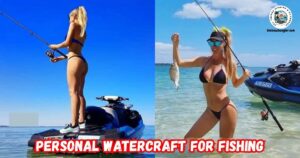
- 5 Advantages of the Penn Squall Low Profile Baitcasting Reels
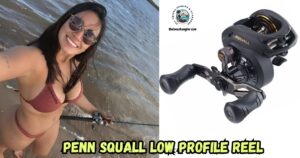
- Electronic Fish Finders For Kayak Fishing
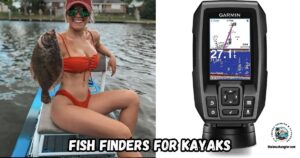
- What’s New From ICAST 2025

- 5 Budget-friendly Saltwater Fishing Kayaks For Beginners
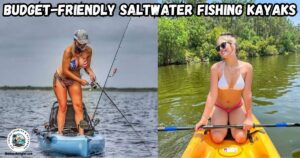
- 12 Tips for Fishing Baffin Bay, Texas
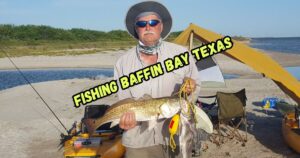
As always, stay safe, enjoy the journey, and please try to leave it cleaner than you found it. If you have any comments, questions, ideas, or suggestions, please leave them in the comment section below, and I’ll get back to you ASAP. You can follow us on Facebook: Rex The Beach Angler, Instagram: thebeachangler7, Twitter: @AnglerBeach, and YouTube: Man Art Creations.
P.S. Thanks so much for checking out our blog; we really appreciate it. Just so you know, we may receive a commission if you click on some of the links that appear on our site. This helps us keep our content free and up-to-date for everyone. We appreciate your support!
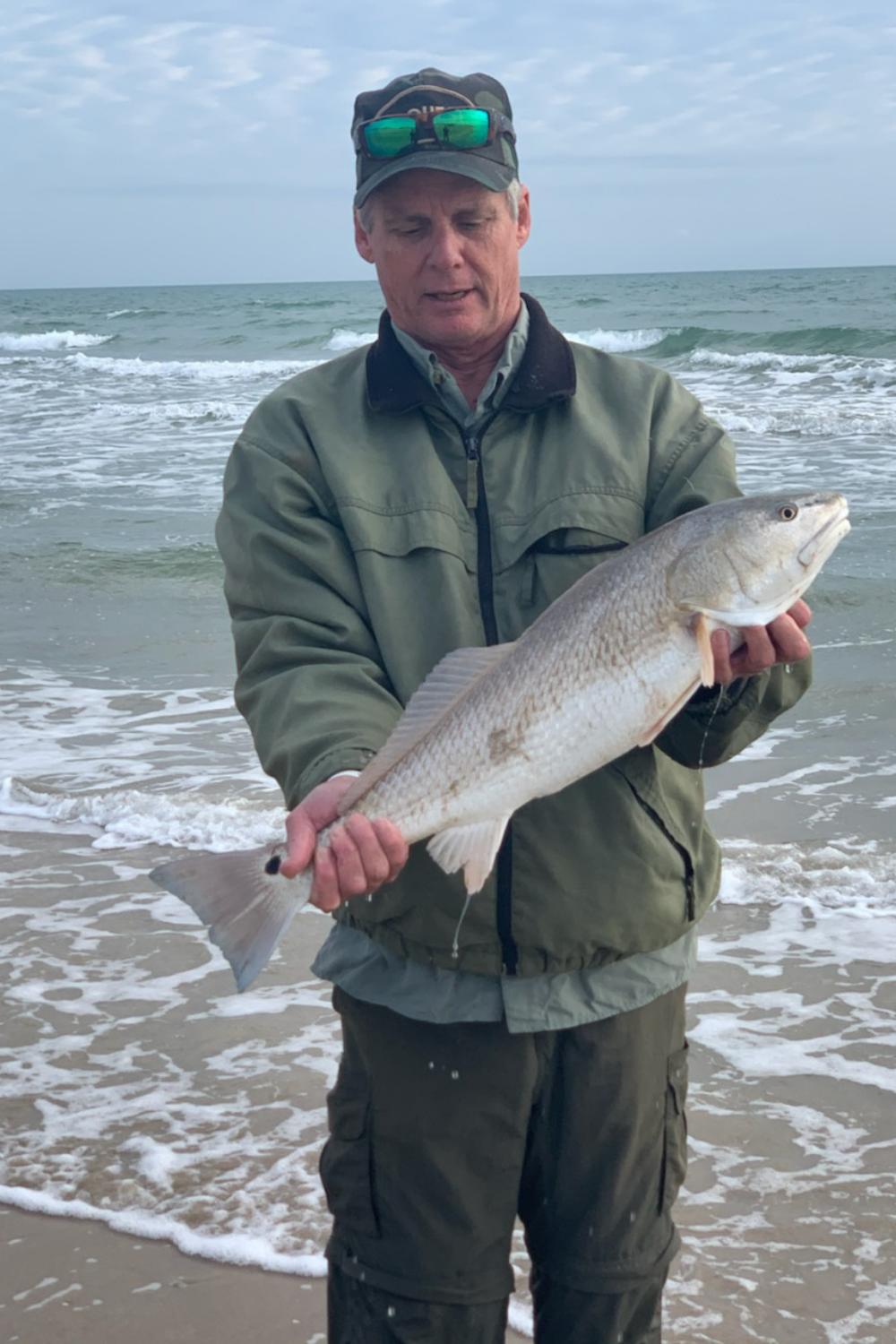
A life long surf fisherman with 50+ years of experience, I am also an avid hunter and outdoorsman. I will be sharing my passion for the outdoors with you so be prepared for hunting, fishing, camping, hiking and more. Along with gear reviews and the latest trends and innovations in the outdoor industry.
